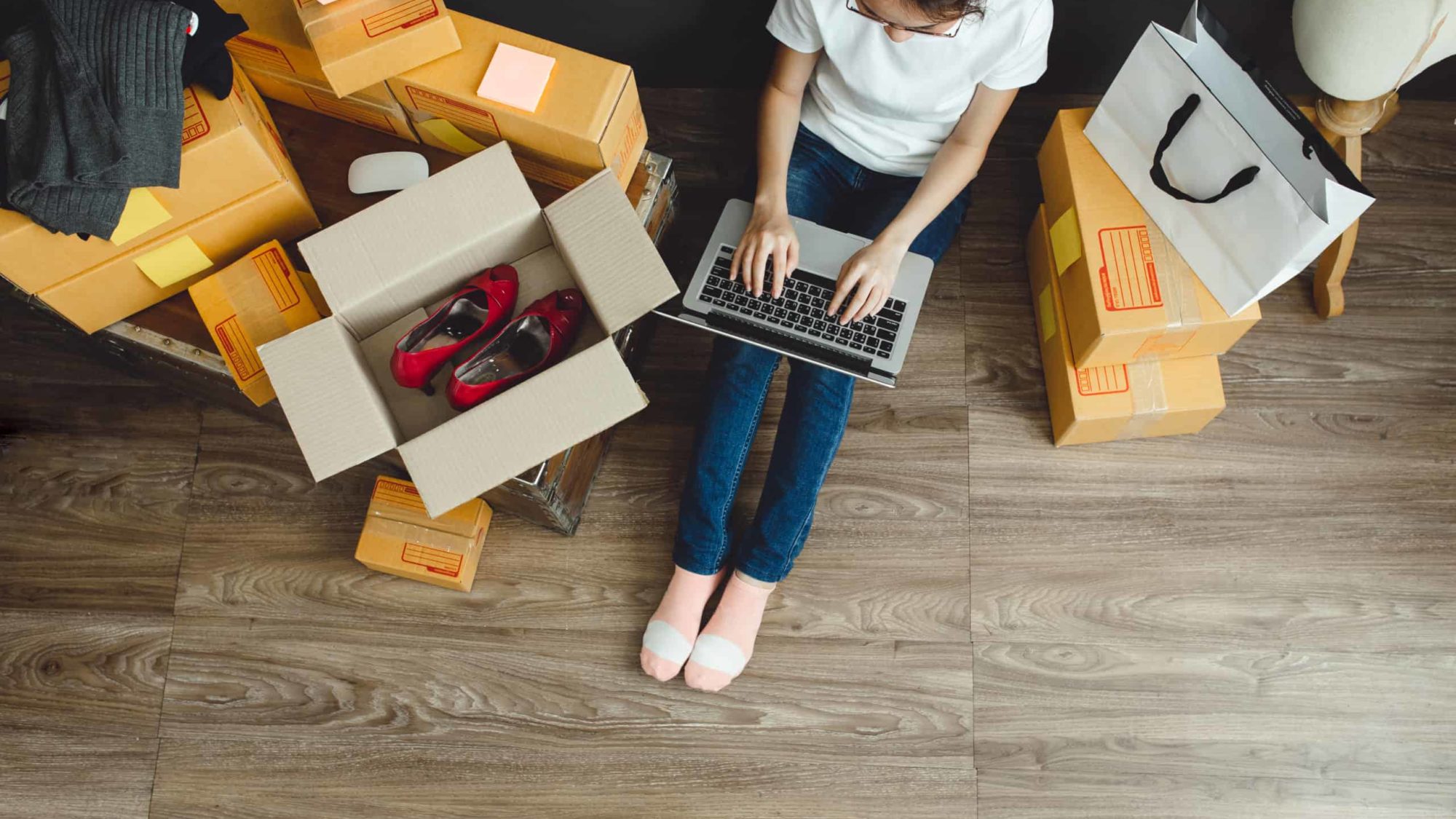
61 per cent of consumers questioned in a new poll think fashion retailers can cut rapidly rising eCommerce product return rates by including more post-purchase photos and videos from other customers—to help shoppers see how clothes look on ‘real’ people, not just models. 59 per cent say virtual try-on tech that allows shoppers to picture themselves in outfits they find online will also help to rein back returns.
The findings come from a survey of just over 2,000 US and UK consumers commissioned by Nosto, a commerce experience platform, which is used by fashion brands such as Patagonia, Paul Smith, Pangaia, and Todd Snyder.
The new research coincides with rising returns volumes reportedly hurting the profitability of online fashion brands such as ASOS and Boohoo. In the US, average eCommerce return rates jumped to 20.8 per cent in 2021 with an estimated US$671 billion worth of goods being returned.
Escalating eCommerce returns reduce profits by hiking up retailers’ delivery and warehousing spend (increasing costs by as much as 21 per cent of a product’s order value). And there’s also the problem that returned inventory negatively impacts the environment, with annual carbon dioxide emissions from transporting returned goods in the US estimated to equate to having 3 million more cars on the road.
Fashion retail brands are also increasingly conscious that performing poorly on sustainability and protecting the environment can damage their credibility. Recently, several brands including H&M stopped using a tool that tries to measure the sustainability of garments over concerns about greenwashing.
Importantly, respondents to Nosto’s survey were more than twice as likely to agree that returns are bad for the environment than disagree (49 per cent v 17per cent) on the basis that returns waste fuel, packaging and other resources.
“Polished, studio imagery has been the default way to show clothes off on eCommerce stores. But supplementing this with customers’ own imagery gives shoppers a more accurate reflection of how products are worn in everyday situations, and by ‘everyday people’ who also own the items,” says Damien Mahoney,chief strategy officer of Nosto.
“That’s why fashion retailers are leveraging customers’ visual UGC on their websites, such as the post-purchase selfies they encourage customers to share on Instagram. The savviest retailers are also encouraging their customers to comment on the likes of products’ fit or share their measurements within captions, so others can make comparisons that better inform purchase decisions and therefore lessen returns.”
Separate research conducted last year by Stackla, the visual UGC platform indicates that consumers are very happy to let fashion retailers use their post purchase selfies – 58 per cent would give permission to a brand to use images of their fashion purchases as part of their marketing.
Alongside using more UGC, nearly half (49 per cent) of consumers questioned in Nosto’s survey agreed that charging customers for returns—or stopping free returns, as Zara has started doing recently—can stem the flow of products fashion shoppers send back by making them think more carefully about whether they’re going to keep a product before they place an order.

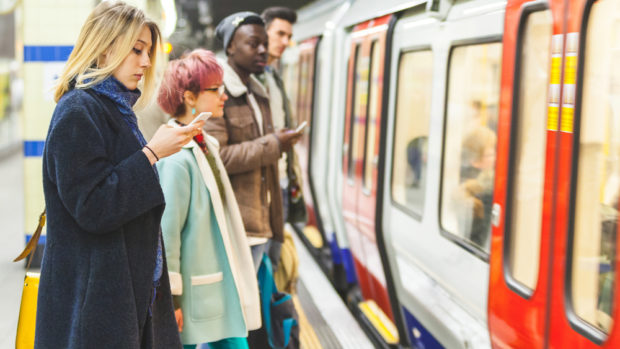

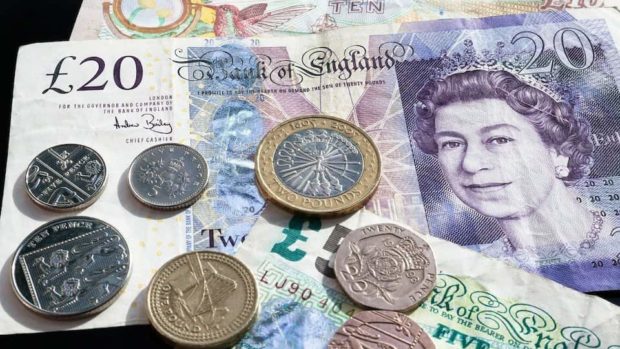
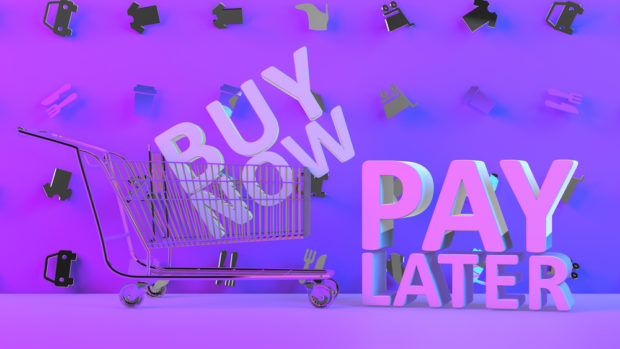
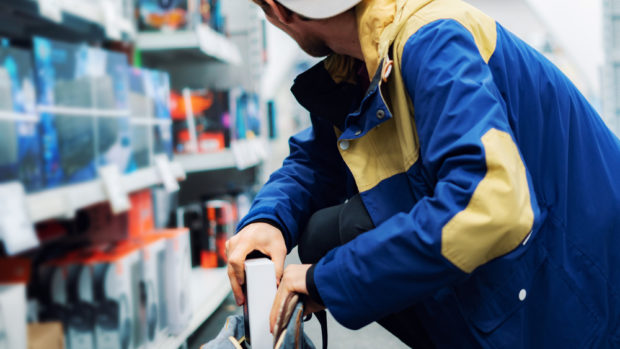


Share